My Story
The story of my quest across the plains and the new destiny I found at Wounded Knee.
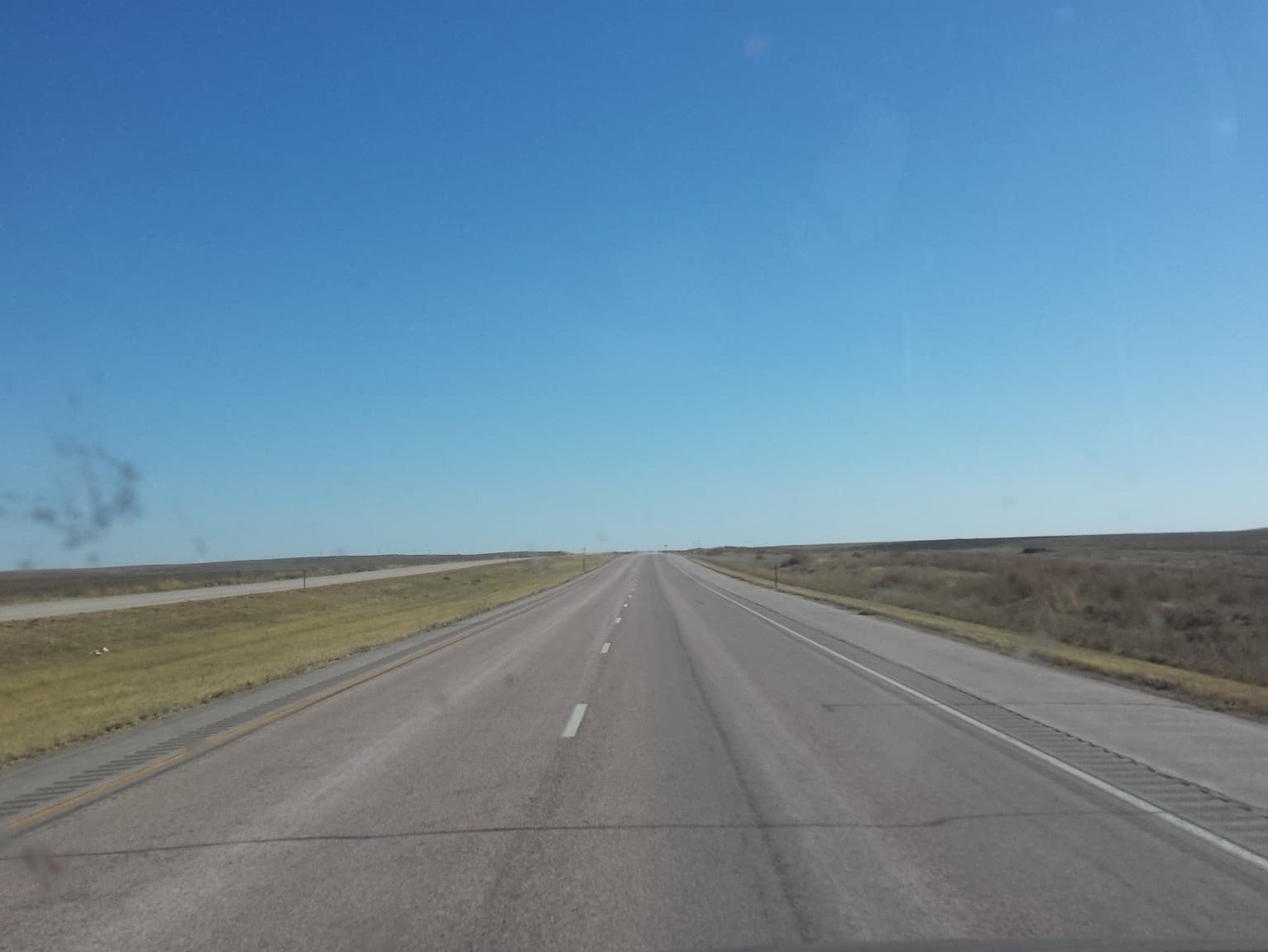
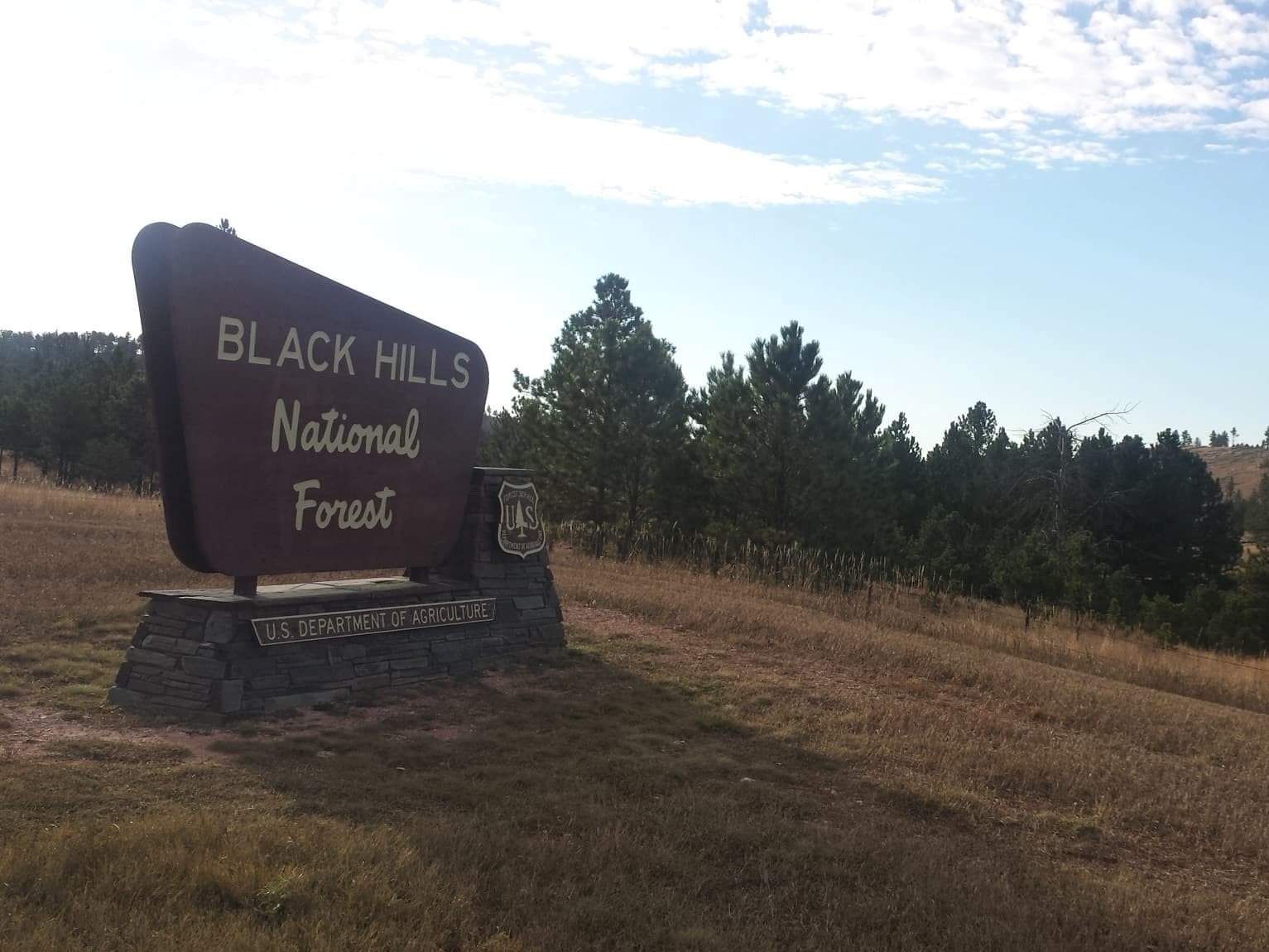
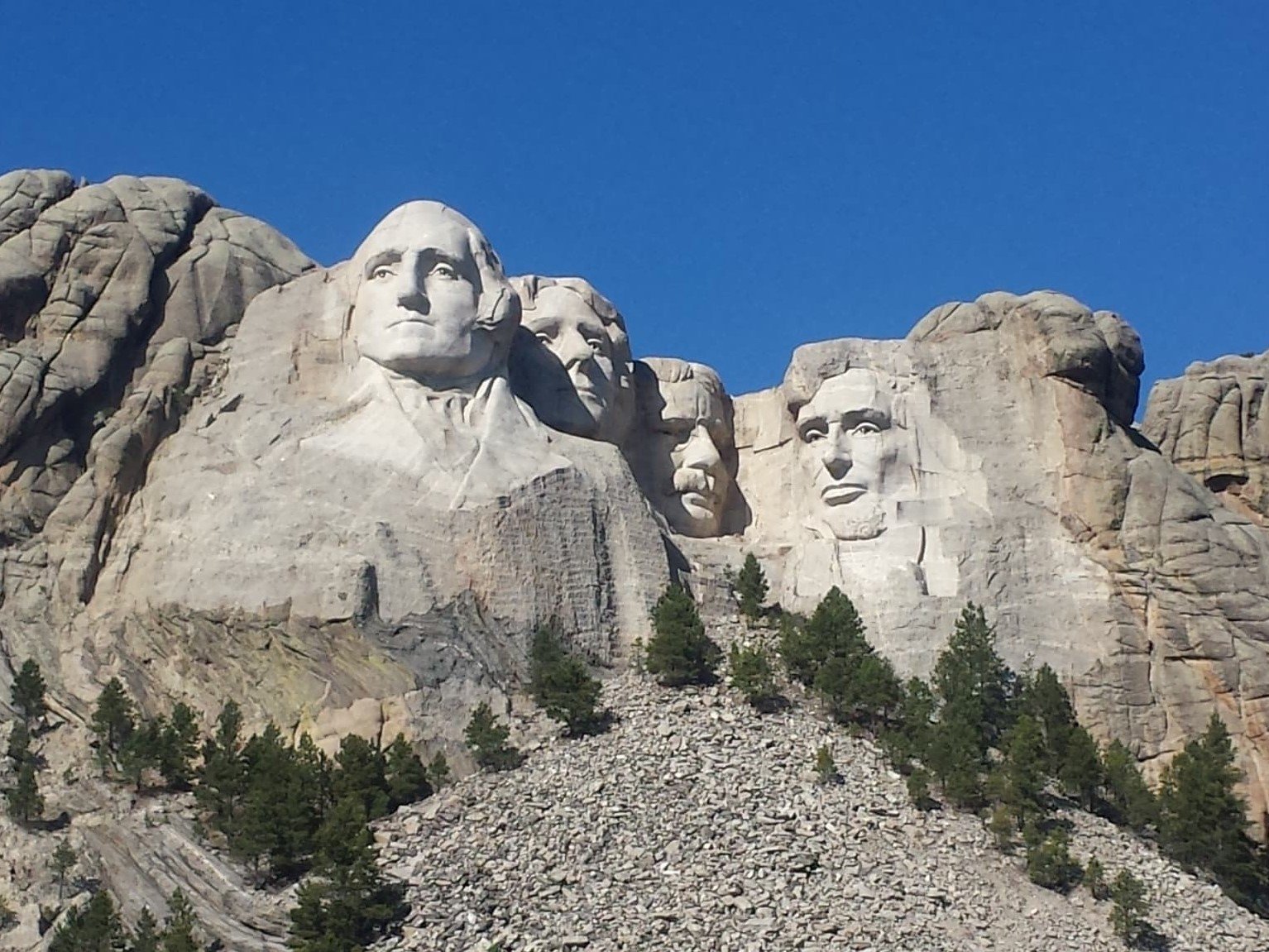
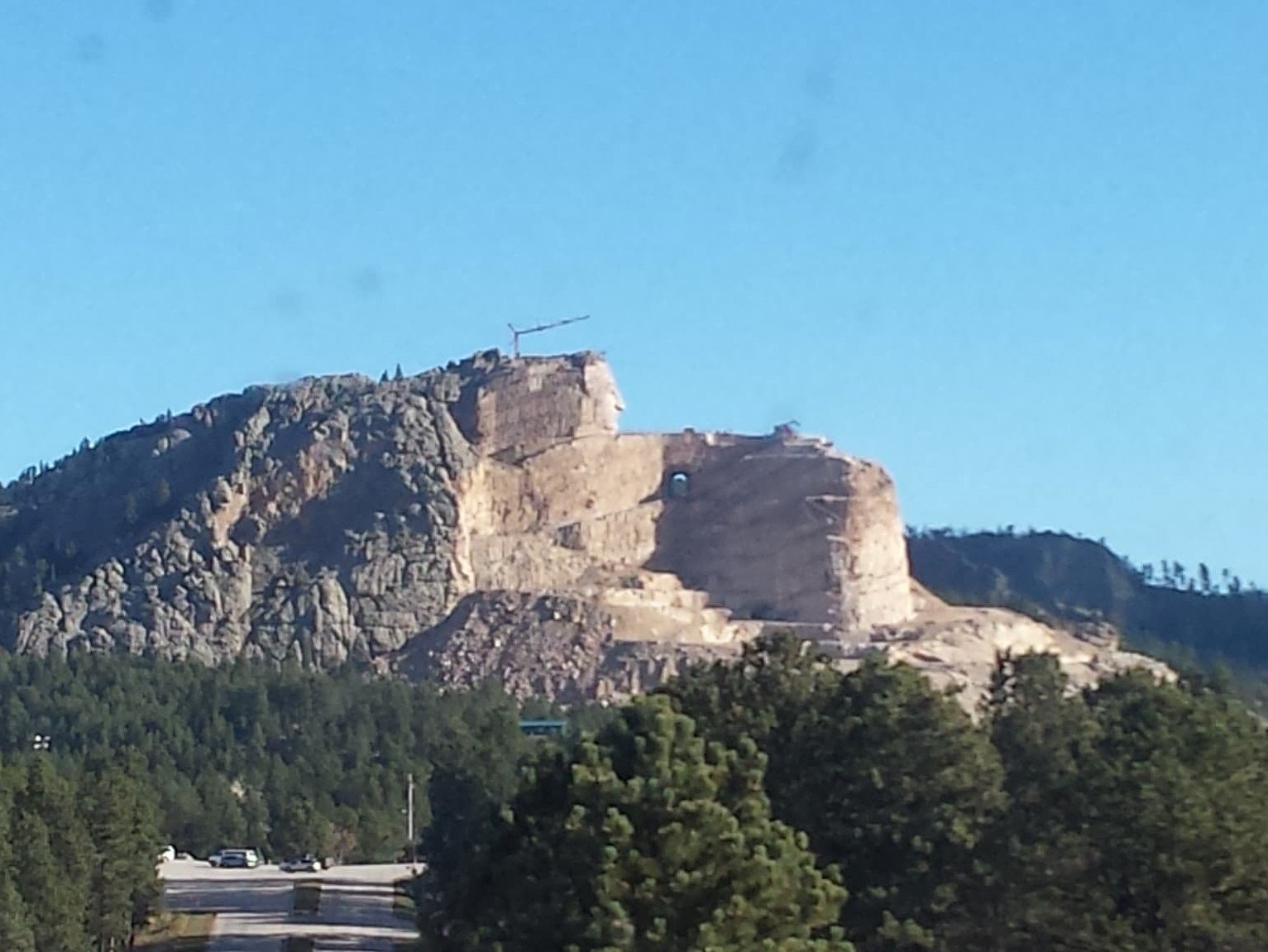
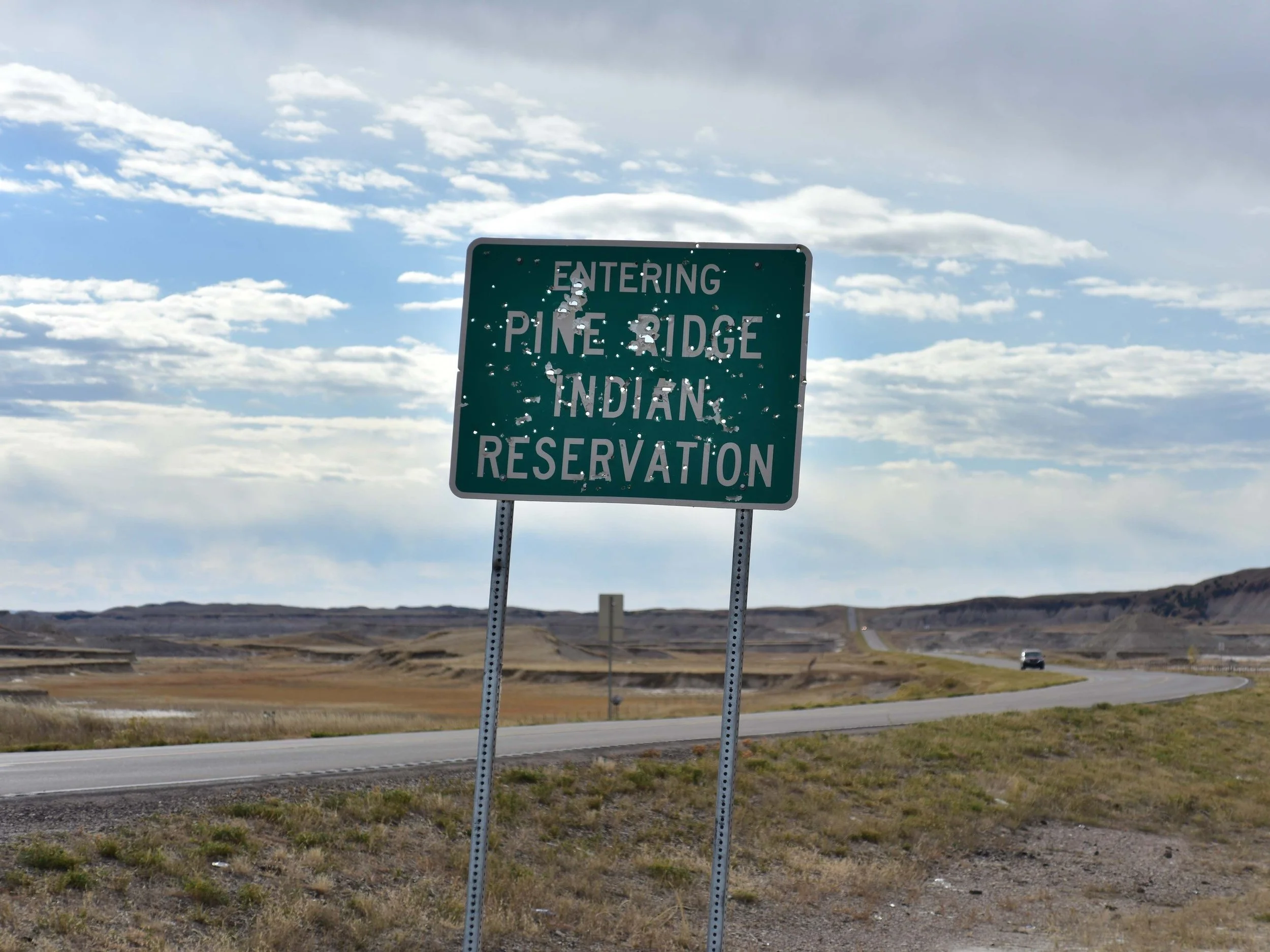
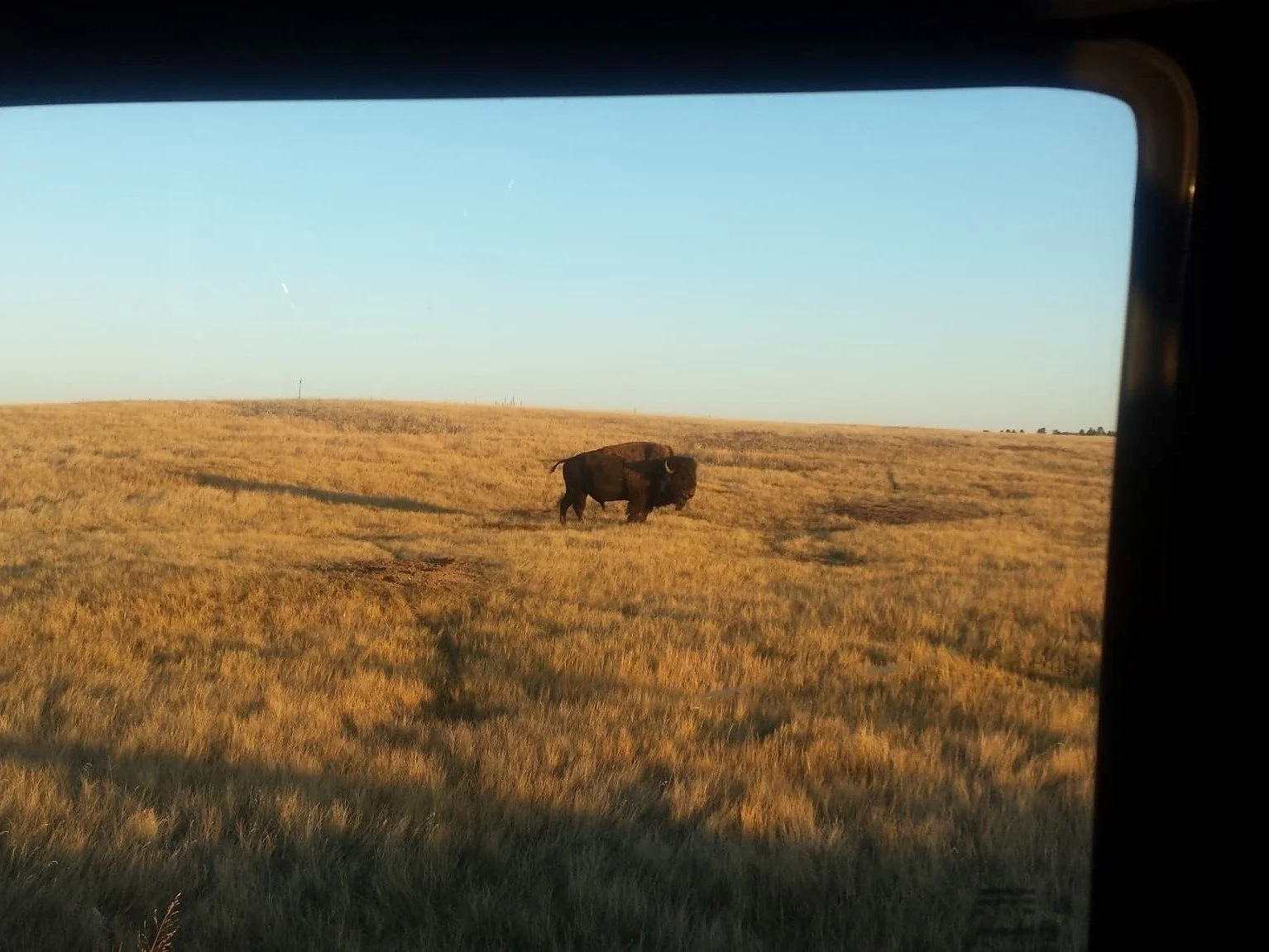
Growing up in the American West, I have always had a healthy interest in Native Americans. Everything out here is named after or rooted in their culture. You can’t move to a town or drive across a state without seeing tribes honored in the named of rivers, animals, streets, cities, or even states. In the fall of 2018, I read a book that turned that interest into obsession.
Dee Brown’s Bury My Heart at Wounded Knee chronicles the anthological history of the “Indian Wars” in the 1800s; each section is devoted to a different tribe or region, with an overarching story of tragedy, loss, and desolation. I was profoundly moved by this history and wanted to learn more. The historical figure that particularly grabbed my interest was Oglala war leader Crazy Horse. I read book after book about this enigmatic figure. With each installment in my library, his stature became more and more dynamic. I couldn’t satiate my fascination with just books, however.
I needed something more.
On an unavoidable impulse, somewhere in between spontaneous madness and divine inspiration, I decided to take work off one weekend and drive out to his homeland: the rural reaches of South Dakota. It was fourteen hours there and fourteen hours back, and all I had was three days, but I knew I had to do it. I was being called, pulled, dragged there by some force I didn’t quite understand, and I wasn’t going to fight it.
Car was gassed up. Bags were packed. Trunk was filled. Maps were downloaded. On a Friday in October, I took to I-15 northbound, got onto I-80 West, and started an unforgettable journey.
If you’ve ever traveled across the high plains in the center of our country, you know that every second is fraught with a cocktail of danger and boredom. I had several audiobooks downloaded and multiple playlists, so I was set on the boredom part. The danger, however, I hadn’t prepared as much for. About 10 hours in, I was getting tired, and the sun was setting, so I pulled over to sleep in a rest stop. Something felt uneasy about this place as I settled in, and I couldn’t understand why. The lights were on. There weren’t shady figures or mysterious cars about. But I could not shake this feeling that I should leave. So, in my groggy state, I drive out of the parking lot and pulled over on the side of the road about half a mile away. I never did find out if anything happened there, but to this day I know something would have had I stayed.
The sleep was restless and the car uncomfortable, so I ended up deciding to drive on for a little bit. I was very sleepy at this point, but I’ve always had this strange superpower of being able to stay awake and alert for as long as necessary. The black road stretched on until I felt I had made a good enough dent in my journey, so I parked again and fell asleep.
The next morning, I rose with the sun and stumbled out of my car to stretch and get my bearings. Unbeknownst to me, I had parked rather serendipitously. In front of me, just a few yards from where I had pulled off the road, was the greatest sign I could have seen: BLACK HILLS NATIONAL FOREST. My midnight ride and sleepy mind had brought me directly in front of the place I had yearned to be.
Once I got some breakfast down and found my way to Custer, South Dakota, I spent most of the morning being a tourist. My list of attractions included two museums, Mount Rushmore, and, of course, Crazy Horse Mountain. The latter is an unfinished, colossal monument built for the war leader, carved into the side of a mountain face. The figure, when it’s finished, will be a striking sculpture of the man from the side, pointing to the horizon, atop an illustrious steed. All in all, it will be nearly five times larger than Mount Rushmore and much more awe inspiring. But despite being a gorgeous site and a meaningful visit, this monument was not my main objective.
No, several hours away, deep into the heart of the Pineridge Indian Reservation, sat my true end: the massacre site of Wounded Knee. Upon Crazy Horse’s untimely murder, he told his parents to cut out his heart and bury it deep under the ground at their sacred site, Wounded Knee, hence the name of the book mentioned before. I found the spot. It was a desolate, drab, gaunt place. Where Crazy Horse Mountain had a museum, tour guides, buses, and a monolithic monument, Wounded Knee had barely a gravel path, a feeble chain-link fence, mossy headstones, and a small memorial. Before the tombstones were a dozen children, who rushed me like loosed water as I got out of my car, all trying to sell their feeble crafts for whatever money I had. As I walked among the graves there, a pockmarked, toothless, hunched over man asked me for help too. I gave him every coin I had.
The utter devastation I saw across the Pineridge Reservation rocked me to my core. I had come in search of history and had found a horrific present. My car, though no Rolls Royce, was clearly the nicest one for miles. There were no “houses” that I saw, just hovels. Every dwelling was a mix between trailer, shack, and shed. The roads were cracked and overgrown. Along the sides of them were people walking barefoot, abandoned cars, and litter you would not believe. I saw cars overturned, homes burned down, rusted over farming equipment, and poverty I had never known. I had seen general poverty before. I have lived on the East Coast and have seen the homeless in DC, the shanty towns in Baltimore, the backstreets in Boston, the projects in New York. But none of it could compare to the pure grimness of Pineridge. Even though it was a sunny day, the sky felt black above me. I felt sick, afraid, overwrought, and heartbroken. There is no word I know that precisely describes the existential tragedy I felt there.
As I left a number of things happened that are stories unto themselves—I was nearly mugged, my car struggled to start, my phone malfunctioned and I lost all navigational abilities—but none of that registered against the supreme heartache I felt for the people on the Rez. I finally knew why I was so drawn to coming to South Dakota. It wasn’t to connect to the past, but to define my future. I knew what I had to do; even know I had no understanding of how I’d do it. I had to help the Native Americans.
This thought sat deep in my mind until it filled it up and sunk into my heart, permeating everything inside of me. The drive back was one of solemnity, having been given a new path from this mighty quest.
I drove West into the sunset on the flat plains and something miraculous happened. As the sun descended through the open sky, the familiar beautiful colors of sunsets filled my vision, but once the celestial orb hit the horizon line, something new happened. Instead of the sunset being in front of me and the sky darkening behind me, once the sun hit the horizon line the colors surrounded me. I was instantly teleported into the middle of a technicolor snow globe, with rings of every color I could think of circling and circling me. There were more reds, oranges, greens, blues, and yellows than I had ever seen. It felt like I was in the epicenter of a great furnace, or the heart of a golden tornado. I was filled with the sunset, surrounded by it, penetrated in every part by it.
And as I made my long trek home, I knew I was journeying into a bright new destiny.